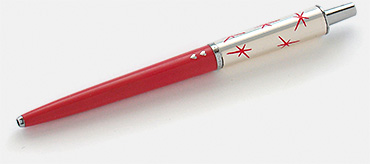Collecting: A Rationale
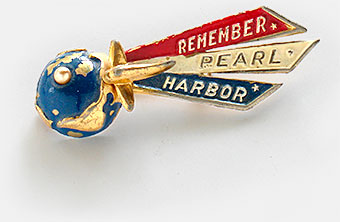
Collecting. Why do we want all this stuff? What is the point? Are we insecure? Too secure?
Materialistic? Definitely. But is a respect for ‘material’ really such a bad thing? Think about it. Most of the damage to our physical world has been done by people with not enough respect for material. To care about material and its conservation is to be a good steward of our planet. We’re on the right side of history here, collectors!
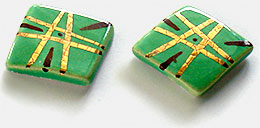
With collecting, there’s a hoarding instinct at work, too, I suppose. Some of us have it worse than others. If all your stuff is packed away in boxes and you never even see it, you have it pretty bad.
Some of us just love the chase—the endless searching through yard sales, flea markets, antique malls, thrift stores, etc. to find something to add to our collection. It keeps us out of trouble. And being free-thinkers and non-conformists generally, we are the sort of people who need to be kept out of trouble.
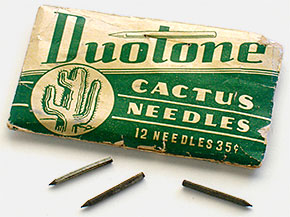
As collectors, we learn to know quality when we see it— wherever we see it—without being hyped by tags or packaging or sales pitches.
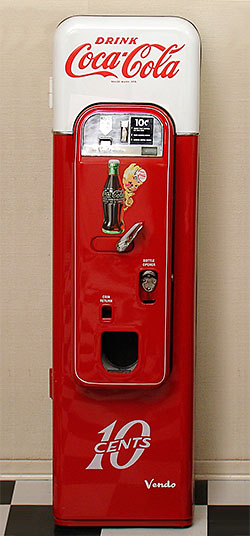
To the non-collector, most of what we collectors cherish is just junk. But let me say a word about junk. Once the “latest thing” has been stripped of its packaging and price tag, used a little bit, then deposited on the ground at the local swap meet to be bought and sold on nothing but its merit, its true value becomes apparent. And so we see that most of the glitsy stuff everyone just had to have last year turns out to be just junk after all. We collectors see this all the time.
Non-collectors, without such experience, always seem ready to give us advice about our ‘junk’ while on their way out to some store to buy more of those ‘latest things’ they spend their money on. We just smile.
What about the “manufactured collectible?” I'm thinking here of new items intended for the collectibles market, things like Hummels, Precious Moments, Beanie Babies, Lladro statues, you name it—and the products of the Franklin Mint, Walt Disney Classics Collection, etc. There's nothing wrong with those things if you like those things for just what they are. But as collectibles, they violate one of my cardinal rules: If it was made to collect, it isn’t collectible. Anything deliberately made for collecting purposes above all else is just not right in my book. I guess I just don’t like being told what to collect. My simple credo is this: Don’t collect anything that someone else hasn’t, at one time or another, thrown out first.
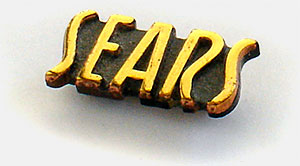
Another thing just not right is the concept of collectibles as investments. Those who collect for the love of the thing have generally come out all right over time financially. But those who are all about the money usually have nothing to show for mucking about in the “collectibles market” but capital losses. Plus, they’re a pain to talk to. All they want to know is “how much is it worth?” They see only dollar signs while the true collector sees with the eyes of a kid on Christmas morning.
Now that I’ve apologized for collecting and needled the non-believers, let me go further by staking a claim for the respectability of collecting.
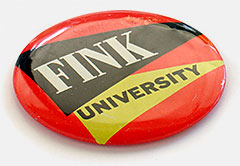
Collecting tells the truth. Despite the warning of Edmund Burke (“Those who don't know history are destined to repeat it”), many of the powers-that-be seem bent on obscuring history. Whether for profit or other motives, the rich and the poor, liberal and conservative all seem to feel that history needs a little tweaking to better present their views.
Collecting helps dig the truth out from under all the half-remembered and dis-remembered facts of the past. Collecting shows us things as they actually were. This often comes as quite a surprise, and sometimes an embarrassment.
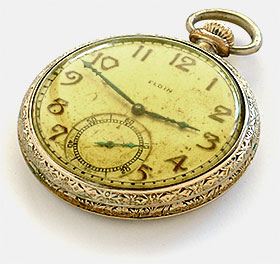
The collector fills the same essential role in the keeping of history as a museum or an archive—all guardians of the truth against the self-interest of those who would sacrifice genuine progress to their own advantage. If all this sounds a little confusing (not to mention pretentious!), I invite you to look for illumination in the several examples you’ll find within the pages of this site.
Perhaps for this reason, perhaps for others, the collector finds himself with natural enemies, strange as that sounds and as benign and inoffensive as the collector believes his endeavors to be. There are people who feel threatened somehow by collecting and who absolutely detest old things as if they are an affront to progress or something.
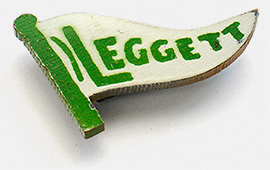
Have you ever been accused of being “stuck in the past?” Then you’ve met one of these true believers in this thing I call “The Cult of the New.” They’re in all walks of life. They make great consumers, so the corporate world loves them. They buy whatever is new and replace it whenever it gets “old.”
They believe—and here is the dangerous part—they believe that everything new is better than everything old. This is the philosophy that gave us Nazism, automated telephone answering systems (“press 1 for English”), and New Coke.
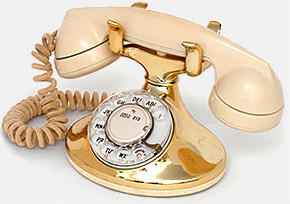
The converse is not true either. Everything old is not better than everything new. New things create wealth in an economy. But old things—things of quality—fill an essential role. They inspire the creators of new things to do good work. Appreciating old things helps guide people today to make things that can stand proudly next to the best of the past.
About the pix shown in this little treatise
A collector accumulates stray objects such as these even though they may never develop into a collection. Things like the late-1940s pin “Remember Pearl Harbor” by Lampl. It is inscribed “for aid to the Honolulu Community Chest.” And those ceramic earrings, 1950s, maker unknown. You can see why I had to buy those, can't you? The Duotone Cactus Needles are, I am not making this up, phonograph needles from the 1940s made of genuine cactus thorns.
That’s a 1950s Model 44 Vendo Coca-Cola machine, and a Sears employee pin c.1940. My grandfather’s Elgin watch was given to me when I was very young and may have helped lead me down this garden path.
The phone is a 1950s Imperial model from Western Electric, and the Fink University pinback button was from Mad Magazine (1960s). The distinctive Paper Mate Lady Capri pen is dated 1957.
The Leggett pin is from my old elementary school in the 1950s. As with my grandfather’s watch, preserving one’s own memories is perhaps the best reason of all to collect.
